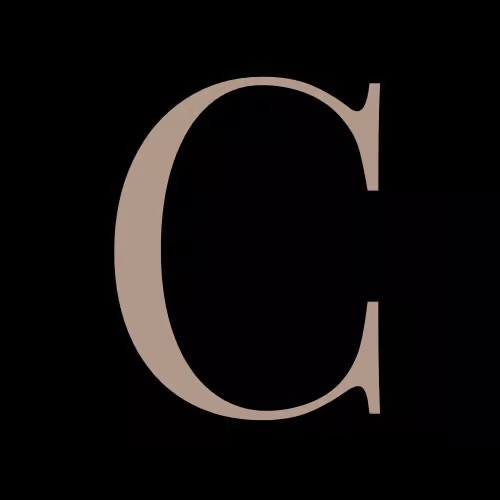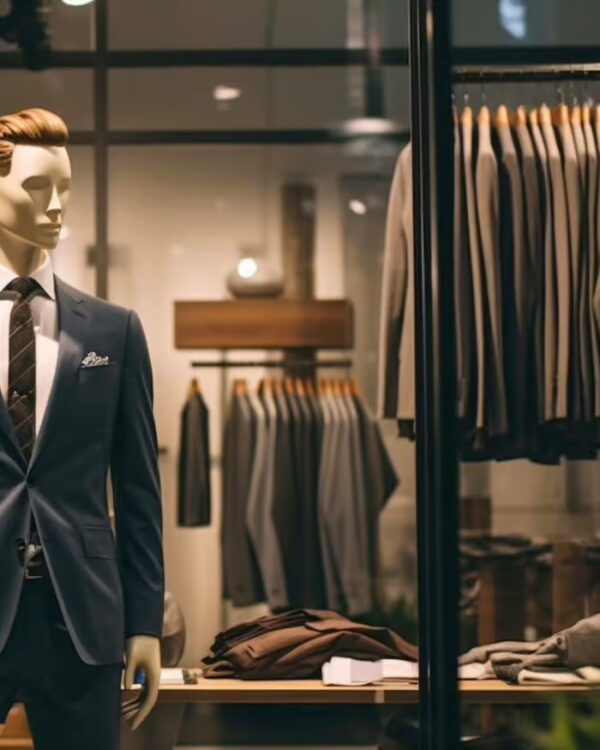Navigating the world of professional dress codes can feel like deciphering a foreign language. Terms like “business formal” or “smart casual” are often thrown around, but what do they really mean? Understanding these dress codes is essential for making the right impression, whether you are heading to a boardroom meeting, a networking event, or a casual Friday at the office. This guide will break down the most common dress codes, help you understand their nuances, and ensure you’re always appropriately dressed.
What Are Dress Codes and Why Do They Matter?
Dress codes serve as a framework for what’s considered acceptable attire in specific situations. They vary by industry, culture, and occasion, but the overarching goal remains the same: to ensure your clothing matches the setting. Dressing appropriately not only conveys respect but also boosts confidence and credibility.
1. Business Formal: The Gold Standard of Professionalism
Expanded Guidelines for Men:
- Suits: A two- or three-piece suit in darker colors (navy, black, or charcoal) with a tailored fit is essential. Patterns should be minimal, think subtle pinstripes or herringbone.
- Shirts: Opt for solid-colored dress shirts, preferably white or light blue. They should be crisp and neatly ironed.
- Ties: Choose ties made of silk in conservative patterns (stripes or polka dots). Avoid loud or novelty designs.
- Shoes: Stick to black leather Oxfords or cap-toe Derbies. Ensure they’re polished and scuff-free.
- Accessories: A leather belt matching the shoe color, a pocket square, and cufflinks can add sophistication without being flashy.
Common Missteps:
- Wearing loud patterns or bold colors that detract from a professional image.
- Ill-fitting suits that look sloppy, even if they’re expensive
2. Business Professional: Polished Yet Flexible
Business professional strikes a balance between formal and flexible, making it suitable for everyday office wear in corporate settings. This dress code allows for subtle personality while maintaining professionalism.
Expanded Guidelines for Men:
- Suits: Medium and dark tones are acceptable. Experiment with subtle textures like tweed or windowpane checks to add character.
- Shirts: While solid colors remain a safe bet, lightly patterned shirts like pinstripes or small checks can add variety.
- Ties: Choose ties with small patterns or subdued colors that complement your suit.
- Shoes: Brown leather shoes (Derbies, brogues) offer more flexibility than black and work well with grey or navy suits.
- Accessories: Consider adding a tie bar or a leather strap watch to showcase attention to detail.
Pro Tip: You can rotate blazers and trousers from different suits to create new combinations, maximizing your wardrobe’s potential.
3. Smart Casual: Professional Meets Relaxed
Smart casual allows for more creative freedom while keeping a polished appearance. It’s an ideal choice for industries like tech, advertising, or startups where traditional business attire may feel out of place.
Expanded Guidelines for Men:
- Blazers: A textured blazer (e.g., linen or tweed) can instantly elevate casual outfits.
- Shirts: Roll up the sleeves of a button-down shirt for a laid-back vibe. You can also wear high-quality polos or turtlenecks in colder months.
- Trousers: Neutral chinos or tailored trousers in grey, navy, or beige work well. Dark jeans without distressing can also fit, depending on the event.
- Shoes: Loafers, monk straps, or even clean sneakers can work, depending on how casual the environment is.
- Outerwear: In cooler weather, consider a trench coat or lightweight overcoat for an elegant touch.
Styling Tips:
- Add a pocket square to your blazer for a refined yet casual detail.
- Layering is key; try pairing a sweater with a button-down shirt and blazer for a polished, smart-casual look.
4. Business Casual: A Step Down from Traditional Formality
Business casual leans toward relaxed workwear but still adheres to a professional standard. It’s popular in modern offices, especially in industries like marketing, tech, and education.
Expanded Guidelines for Men:
- Shirts: A variety of options, from solid-colored button-downs to polos, are acceptable. You can experiment with patterns like checks or stripes, as long as they’re not too bold.
- Trousers: Slim-fit chinos or dark-colored trousers are ideal. Jeans may be acceptable, but they should be dark, clean, and free of rips.
- Shoes: Dress shoes like brogues or loafers work well, but dress sneakers may be an option if your office has a more relaxed vibe.
- Blazers and Sweaters: A cardigan or sweater layered over a shirt offers comfort and style without being too formal.
- Outerwear: A bomber jacket or Harrington jacket can add a stylish touch when stepping outside.
Styling Tips:
- Avoid baggy or oversized clothing; opt for slim or tailored fits to maintain a sharp look.
- Play with textures, think knit ties, suede shoes, or wool sweaters for added depth.
5. Casual: Comfort Meets Style
Casual dress codes are common in startups, creative environments, and even certain workplaces with younger demographics. This dress code focuses on comfort but doesn’t mean you should compromise on style.
Expanded Guidelines for Men:
- Tops: High-quality T-shirts, polos, or casual button-downs are all good choices. Avoid graphic T-shirts with logos or slogans.
- Bottoms: Slim or straight-fit jeans in dark washes work well, as do chinos or casual trousers. Shorts may be acceptable in very relaxed settings but should be tailored.
- Shoes: Clean sneakers, desert boots, or loafers are great options. Avoid flip-flops unless you’re at a beach event.
- Outerwear: Denim jackets, bomber jackets, or leather jackets can elevate casual outfits while keeping things relaxed.
Pro Tip: Even in casual settings, pay attention to grooming and fit. Well-maintained clothes and a neat appearance show that you care, even when dressing down.
Dressing for Success: Final Thoughts
Understanding and mastering dress codes is a skill every professional man should have. Whether you’re dressing for a boardroom or a casual networking event, the key is to align your outfit with the setting while staying true to your personal style.
Understanding When to Wear Each Dress Code
- Business Formal: High-stakes meetings, job interviews, or events like award ceremonies.
- Business Professional: Everyday attire for corporate offices or client-facing roles.
- Smart Casual: Networking events, casual Fridays, or creative industry meetings.
- Business Casual: Modern office settings or team gatherings.
- Casual: Relaxed workplace environments or non-work-related outings.
When in doubt, it’s better to overdress than underdressed; showing up in a suit to a casual event is far more forgivable than arriving underdressed to a formal occasion. By investing in versatile, high-quality pieces and paying attention to fit, you’ll be ready to make a lasting impression, no matter the dress code.


